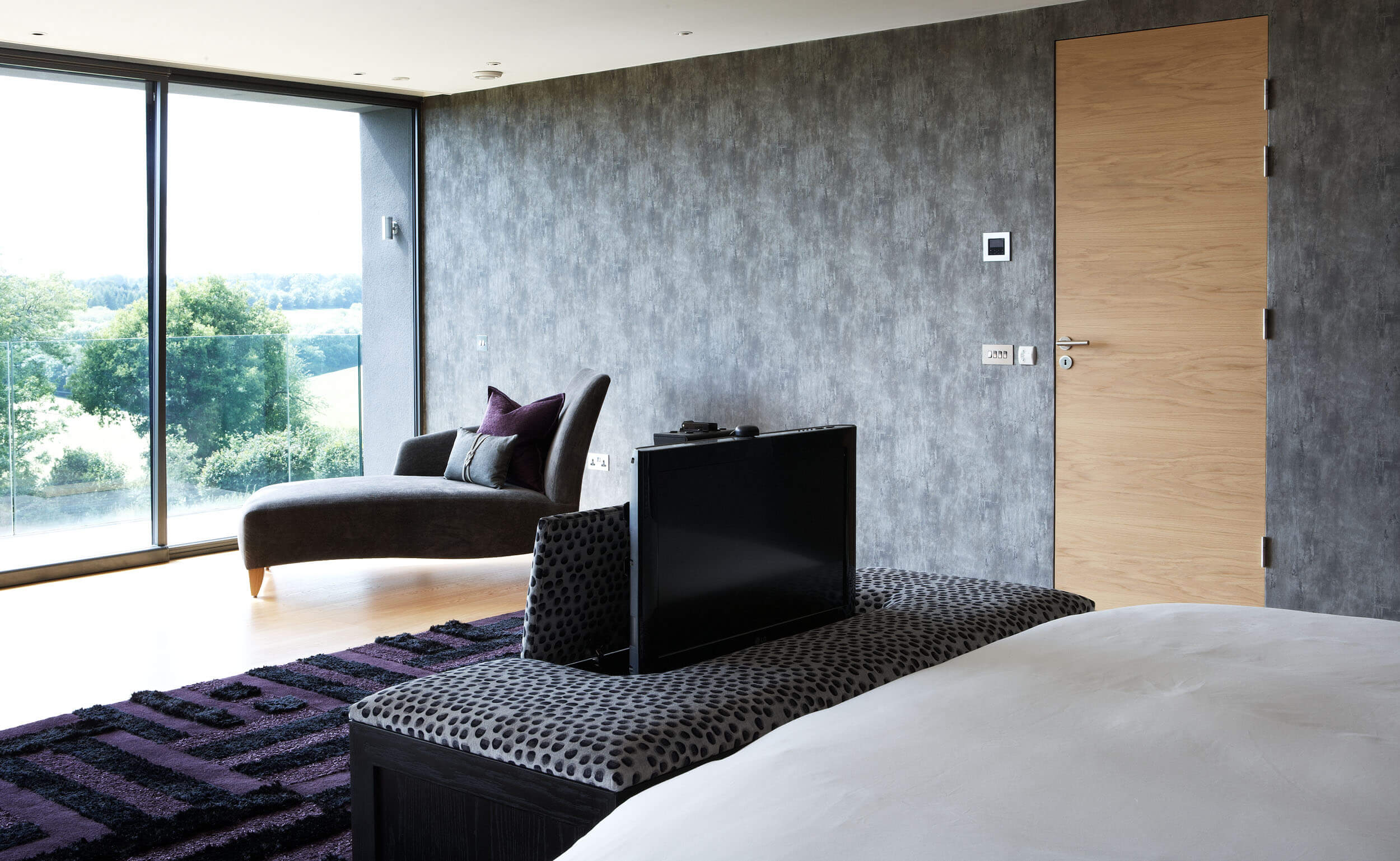What Is Chic And How Can It Improve Your Home?
Styles and Furnishings
Adopting a signature interior design style makes re-vamping rooms simpler and more focused. Colours, themes and individual features can be narrowed down, and you can be sure the room will reflect your desired atmosphere – from warm and welcoming to subtle and stylish.
Avid interior designers will know all about the chic style, but if you don’t – or you want to know how to bring it to life around the home – this guide will help you understand chic and give you some tips on how to include it in your interior design.


